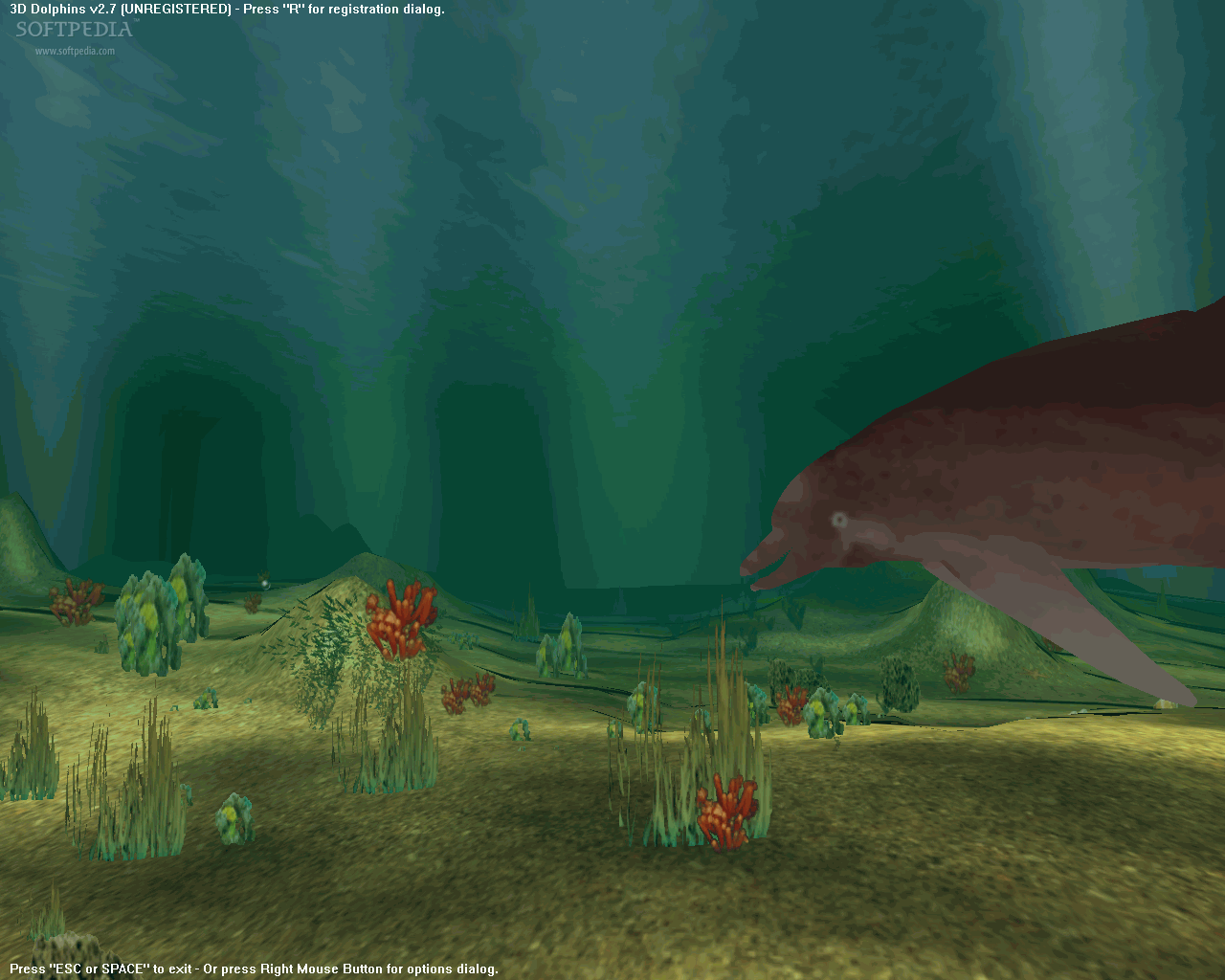

“The staycation market is there to be had, and a lot of people are fully booked,” said Lee, whose company has been building huts for 20 years. Richard Lee, the founder of Plankbridge, near Dorchester, which built Prince George’s hut, said business had increased by 50% in the last six to eight months, split between work-from-home offices and glamping huts for staycation businesses. And with staycations on the rise, people are looking for a unique experience.” But the general population is now finding out about them as a work-from-home solution. “Those involved in glamping or farming are familiar with them. There is a wide market of uses, including treatment rooms or retail spaces. They can be used for commercial enterprises as well – B&Bs, Airbnb, pubs with rooms, hotels. “We moved in to shepherd’s huts because there is a growing demand for them, as home offices, garden rooms, extra accommodation and for staycations. We are really excited,” said Sam Gryckiewicz, one of the partners. On a daily basis we have lots of different inquiries coming through. With underfloor heating, traditional log burner, shower room and handmade shaker kitchen, double bed and storage cabinets, it costs upwards from £45,000. Of its ranges, the top-end Oxfordshire, wooden-clad with classic tin roof, boasts cast iron wheels, double-glazed windows, heritage ironmongery and hand-carved steps. Its bespoke, handcrafted shepherd’s huts are far cry from the basic shacks of yore. The Henley Hut Company was born out of the pandemic when the Henley-based global events business was put on hold due to lockdown. One of the most famous literary shepherd’s huts is that of Gabriel Oak, described as “a small Noah’s Ark” in Thomas Hardy’s 1874 classic Far from the Madding Crowd, set in rural Dorset. Its Dorset rustic charm may be another factor in the bidding war. And now we’re coming out of a pandemic and a lot of people are working from home,” he added. “It’s only relatively recently that the huts have become fashionable. The price it attracted was due to its authenticity: very few late Victorian huts survive. It would have held a shepherd, a small fire and somewhere for the guy to sit during lambing.” This had a wooden door, a couple of little windows.
#Soaring dolphins 3d picture windows#
“My daughter works out of a shepherd’s hut, but ours is a new one, with double-glazed windows and two doors. Generations of bugs, rabbits and rats had probably lived in it,” the auctioneer Richard Bromwell told the Guardian. Nearly every experiment is bringing us more images with more detail.So much so that when a ramshackle late Victorian model in the grounds of a country house came up for auction at Charterhouse Auctioneers in Sherborne, Dorset, it s old for £16,000 – 20 times its £800 estimate – as an anonymous London buyer outbid a disappointed local sheep farmer. For the first time ever, we may be holding in our hands a glimpse into what cetaceans see with sound. "But seeing the 3D print of a human being left us all speechless. "We were thrilled by the first successful print of a cube by the brilliant team at 3D Systems," said Kassewitz. They then took these images to 3D Systems – the inventors of 3D printing. Using CymaScope, the team managed to create images of a flowerpot, a cube, a plastic '+' symbol and a human being. Each dolphin click is a pulse of pure sound that becomes modulated by the shape of the object." Reid said: "When a dolphin scans an object with its high frequency sound beam, each short click captures a still image, similar to a camera taking photographs. Kassewitz brought on board John Stuart Reid – the inventor of CymaScope, which processes image imprints of sonic vibrations on the surface of the water.

When we discovered that dolphins not exposed to the echolocation experiment could identify objects from recorded dolphin sounds with 92% accuracy, we began to look for a way for to see what was in those sounds." Jack Kassewitz, research team leader and founder of, said: "We've been working on dolphin communication for more than a decade. From this, they have managed to give the world an insight into how dolphins see things. Finally, they then used the data to create 3D images of the original objects. They then created 2D images from the recorded sounds and used photo analysis to extract 3D data. Researchers from created the prints in a process that saw them record and isolate dolphin echolocation sounds and analyse how they react with certain objects. Scientists from the US and UK have managed to give a view of the world from a perspective of a dolphin, successfully creating 3D prints using data from a dolphin echolocation, including images of a human being.


 0 kommentar(er)
0 kommentar(er)
